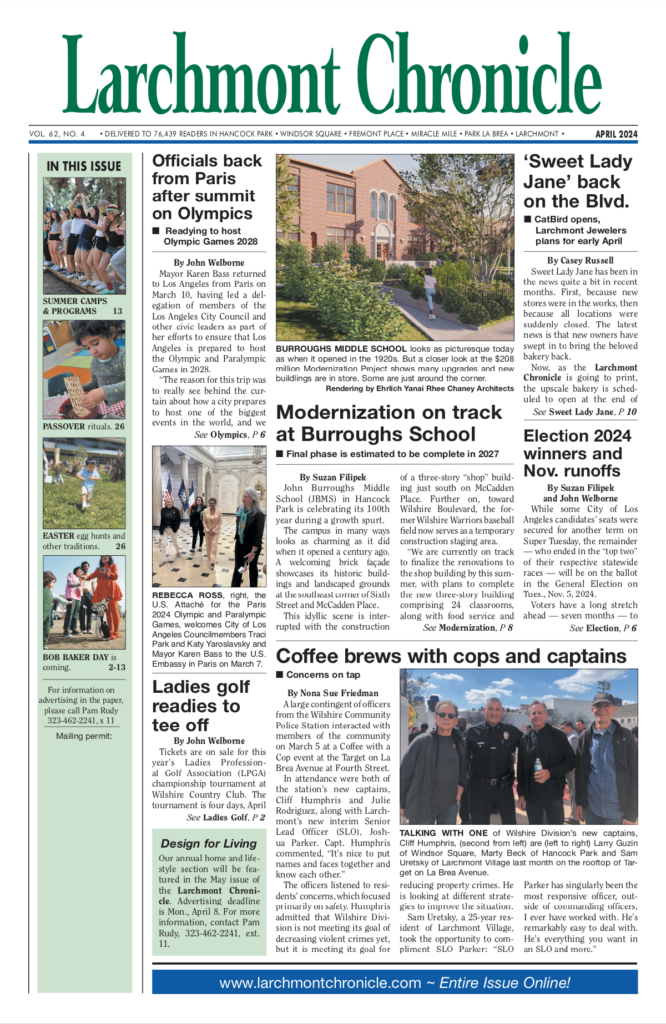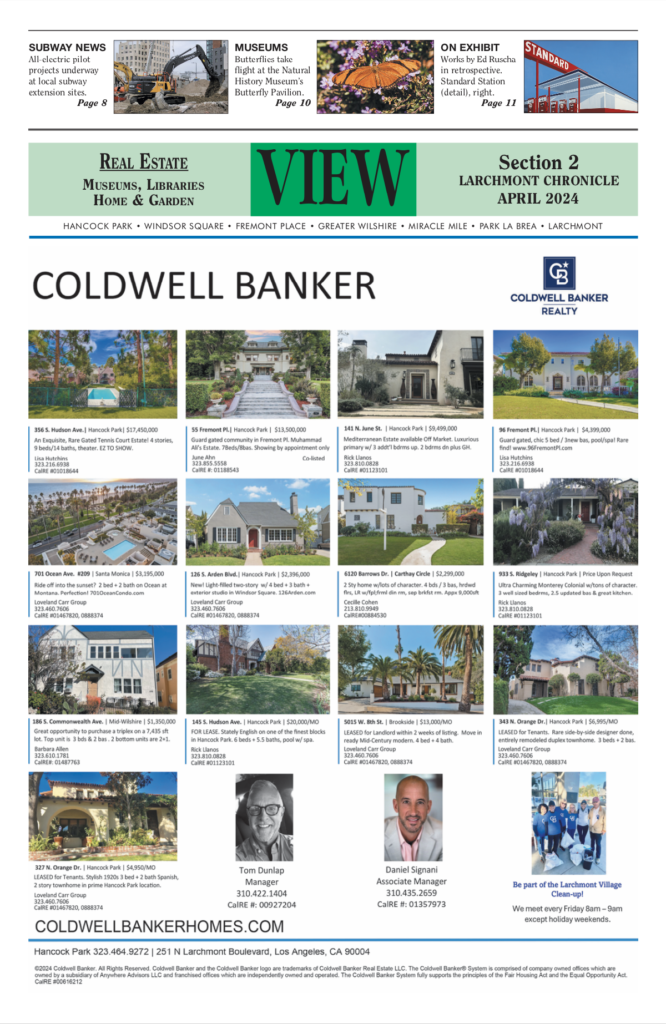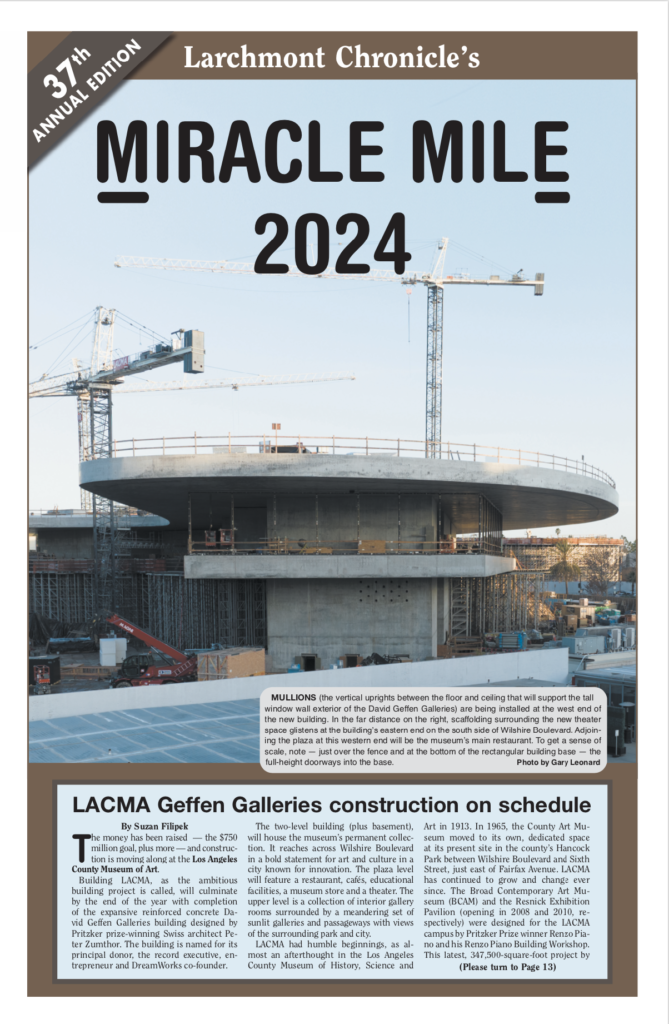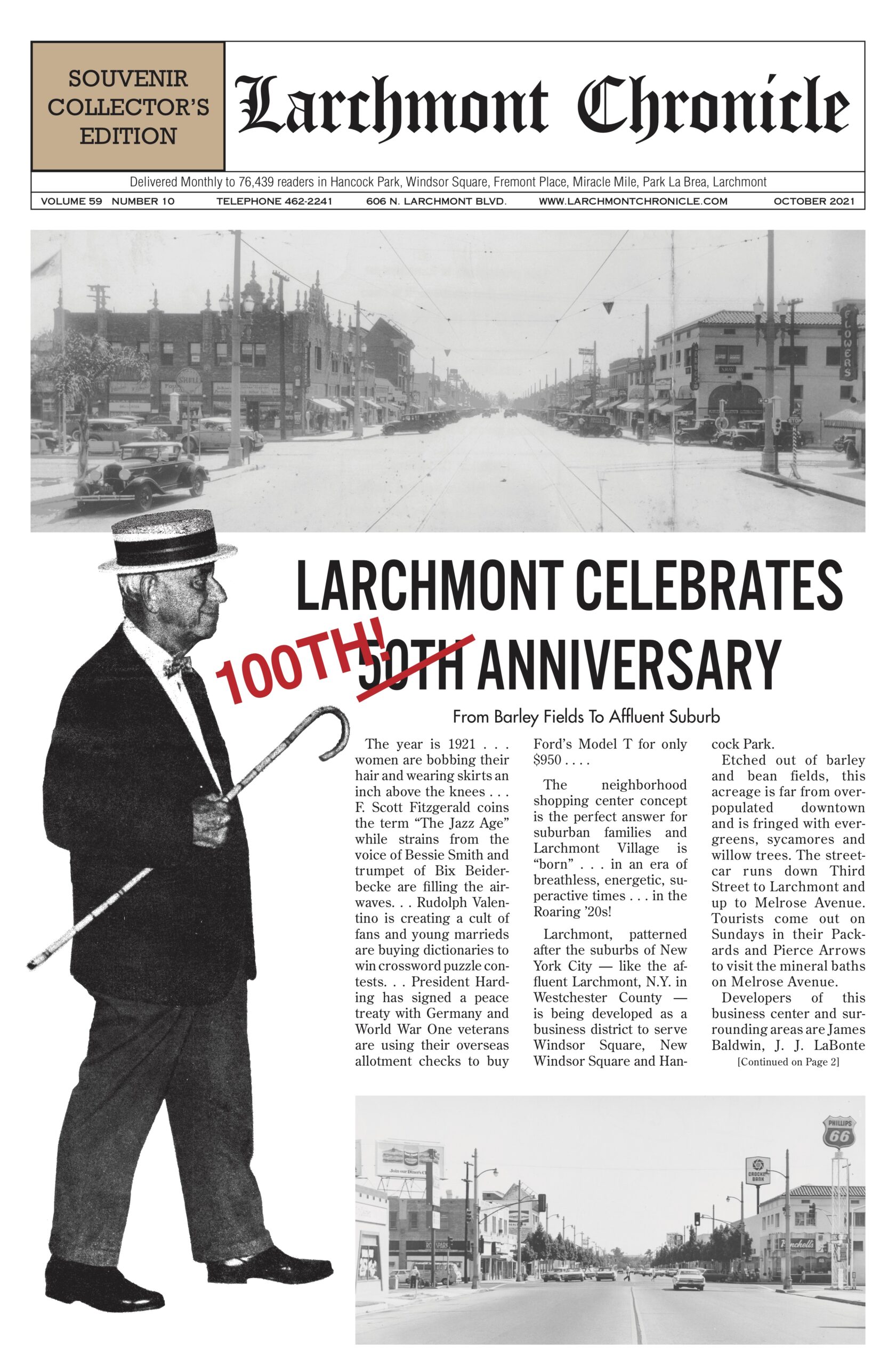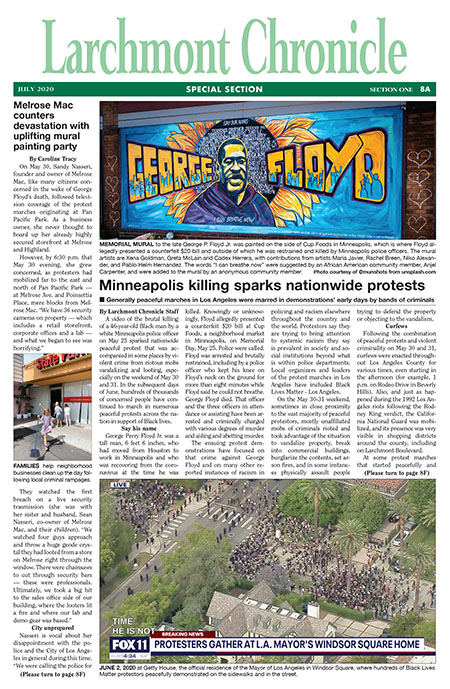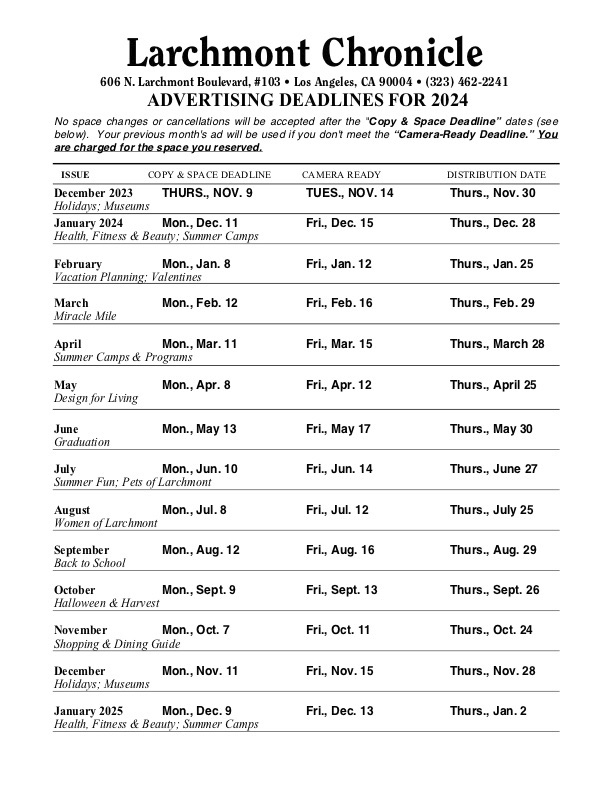As The Ebell approaches 100, a master plan gives guidance
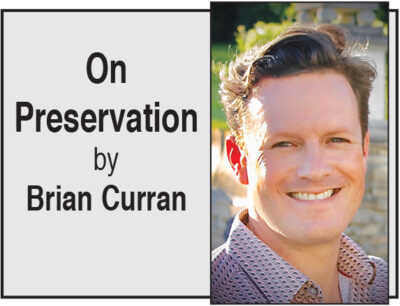 In Hancock Park and Windsor Square and the neighboring communities, few secular institutions can rival The Ebell of Los Angeles in its longevity, community presence and commitment to its original mission. Founded in 1894, the Ebell moved into its current Sumner Hunt-designed Italianate clubhouse on Wilshire and Lucerne boulevards in 1927. For nearly a century, the clubhouse and theater have not only housed the Ebell and its mission but have grown to become an important community hub and gathering place welcoming social, cultural, political and private events, playing a significant role in the history of the community and the city.
In Hancock Park and Windsor Square and the neighboring communities, few secular institutions can rival The Ebell of Los Angeles in its longevity, community presence and commitment to its original mission. Founded in 1894, the Ebell moved into its current Sumner Hunt-designed Italianate clubhouse on Wilshire and Lucerne boulevards in 1927. For nearly a century, the clubhouse and theater have not only housed the Ebell and its mission but have grown to become an important community hub and gathering place welcoming social, cultural, political and private events, playing a significant role in the history of the community and the city.
As the club approaches the centenary of its historic campus, Ebell leadership has developed an ambitious Master Plan to ensure its preservation and protection for the next 100 years.
Early planning
Work on the plan began over a decade ago. Caroline Labiner Moser, then serving on the Ebell board of directors as chair of the House Committee, embarked on a wholesale reorganization of The Ebell’s building records as a way to consolidate all of the information about the campus. It soon became apparent that more study of the buildings was required. “At the time there were a lot of things impeding the good use of the buildings,” Moser said. There was “poor accessibility, out-of-date mechanical systems, some deterioration and 75,000 square feet of space being used inefficiently.” This resulted in Moser, historian Portia Lee, architect John Heller, then-Ebell President Patty Hill and members of the House Committee drawing, in 2013, a full historic structures report (HSR) as the starting point for the creation of an “encyclopedia” for the care, maintenance and improvement of the Ebell campus.
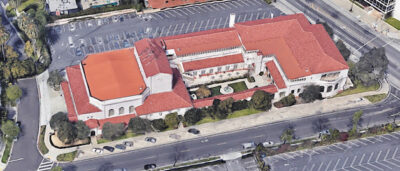
THE MASTER PLAN and its role in not only the preservation of the building, but also in promoting the integrity and constancy of The Ebell’s mission. Founded in 1894, the Ebell moved into its current Sumner Hunt-designed Italianate clubhouse on Wilshire and Lucerne boulevards in 1927.
Seismic ordinance
The continuing documentation of the campus took on greater urgency in 2015 when the city passed an ordinance requiring the seismic retrofit of non-ductile concrete structures, a category that includes the Ebell Club and theater. The need to comply with this ordinance as well as the ongoing need to create an organizational system to track projects that could be used by staff, board and consultants led to the creation of the Master Plan to be completed in phases.
Phase 1, now complete, built upon the 2013 HSR, a character-defining features and significance analysis, as well as an historic landscape analysis by James Yoch, cousin of The Ebell’s original landscape designer, the famed Florence Yoch.
Projects in 2021 included a state-of-the-art data measuring of all spaces, which can be used by any consultant working on the building or by events staff. The data measuring allows for an innovative user experience including a “flythrough” approach displaying three-dimensional spaces digitally. The Ebell also held a space planning charette to determine best uses for all spaces. “The Ebell was purpose-built to house the mission of providing educational, cultural and social opportunities for women,” said Christy McAvoy, board member and director of House, Theater and Grounds, who lately has been leading the Master Plan effort. “The spaces of the building were specifically designed to fulfill the mission, and they are inextricably linked to activities of The Ebell through its history.”
Second phase
The second phase is just beginning. Still to be completed are geotechnical and materials testing, as well as the design of The Ebell’s retrofit plan and a budget — to be completed by 2025. Once approved, the full retrofit is required by the city by 2043. Next steps will address the historic analysis of the campus, concentrating on the Ebell Theater. Several improvements to the club’s ambience, acoustics, lighting and accessibility are also planned to enhance the member and visitor experience.
Strategic Vision
This vital work is not occurring in a vacuum, however. The Master Plan is now part of a larger and more ambitious Strategic Vision for The Ebell, being led by Executive Director Stacy Brightman. Brightman, who hails from the LA Opera, stated that this vision is about “amplifying the mission of The Ebell, women-centered, women-led, as a community with purpose, to uplift one another and Los Angeles through arts, education, scholarship, civic engagement and service.” She references German poet Goethe in describing the architecture of the Ebell’s campus as “frozen music” and says that, through the Strategic Vision and Master Plan, “we will make the campus sing! We stand on the shoulders of the women that built this extraordinary place,” Brightman added, saying its preservation, “… is a moral obligation that we are stewarding in a way that they envisioned while building on their legacy.”
The Founders
This Herculean task and the parallel fundraising effort that it will require demonstrate The Ebell’s leadership’s and members’ devotion and commitment to its historical home. “We are the campus and the campus is us,” said Patty Lombard, recent past-president. “The founders called it a clubhouse, but it was really a place they could call home. It was somewhere that they could control in a world where they controlled little.” Like many, The Ebell suffered during the pandemic, but it endured by transforming into “Ebell Studios,’” home to the production of Amazon’s “Being The Ricardos,” which ensured that The Ebell staff remained employed.
But this past year, The Ebell has welcomed the membership and the community back to the clubhouse. “It is the heart and soul of our organization,” said Laurie Schechter, president. “It is a home, a gathering spot for women. As we recover from COVID, it is more important than ever.” Schechter acknowledges the critical need for the Master Plan and its role in not only the preservation of the building, but also in promoting the integrity and constancy of The Ebell’s mission. “Our history comes alive in this building,” she said. “The Master Plan ensures we will survive and thrive, as the campus is critical in fulfilling our mission of uplifting women.”
Category: Real Estate

